Fennies Graduate, Danni, explains the importance of walks in nature for children
What can you see?
What can you hear?
What can you smell?
What can you feel?
Four simple questions you can ask your child whilst walking in nature to help develop your child's curiosity about the world around them.
Why are regular walks in nature important?
Walks in nature do not need to be walks within the woods, although these are beneficial, they can simply be short walks around your local area. Any type of walk is a means of physical activity that is important to a child's and an adult’s well-being.
A child’s first experience of being a natural investigator starts when they are babies. Babies are filled with curiosity and start to use their senses to learn about the world around them, this is where they start to look, feel, smell, and taste. This is why it’s so important that babies experience being outside to develop their curiosity. Imagine how a baby would react when they saw and felt snow for the first time.
If adults have not spent much time outside when they were younger, they are more resistant to going outside now, this can be because they find it hard to manage, as well as inhospitable.
There have been many pioneers that have influenced the importance of nature in the early years, some well-known ones being Montessori and Froebel.
There is much evidence that supports why it is important that children require time in nature and how it benefits their well-being and develops their curiosity.
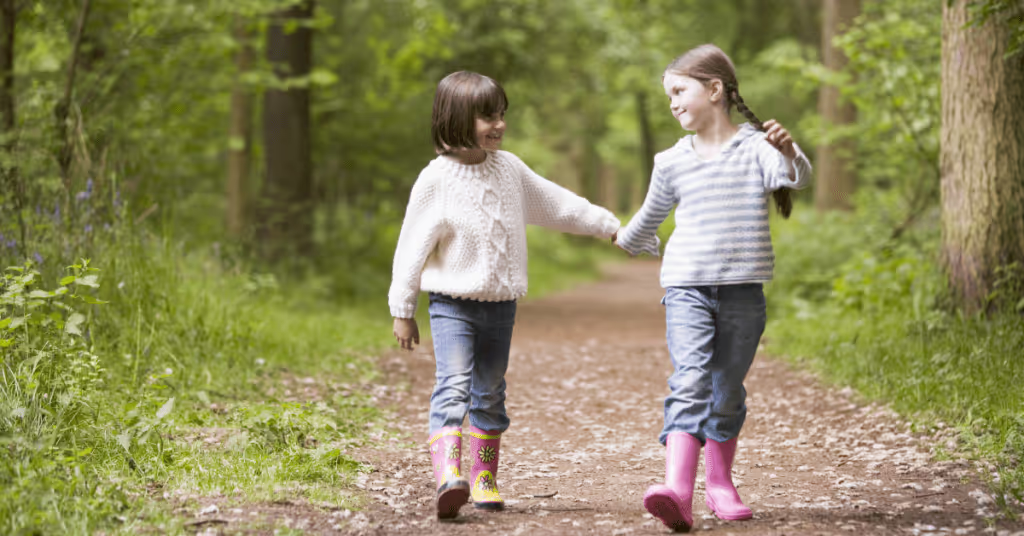
Introducing children to regular walks in nature can help support the 7 areas of learning:
- Communication and Language: by asking What can you see? What can you hear? What can you smell?, What can you feel?
- Personal, Social, and Emotional: spending time with others, and developing relationships.
- Physical Development: climbing trees, jumping in puddles.
- Literacy: fact books about the outside world, nature hunt checklists.
- Maths: look at the sizes of leaves, and trees.
- Understanding the World: look at growth, changes in seasons, and wildlife.
- Expressive Arts and Design: build a house out of sticks.
Many of my memories from my childhood reflect the time I spent with family and friends outdoors: trips to the local park, walks with the dog through the woods, climbing trees, collecting natural materials, etc. With two nephews one of 10 and the other nearly 3, I love to observe their interactions with nature, developing their skills and participating in new experiences in nature that support their learning. With the eldest asking questions about what he has observed, I may not know the answers so turn the question back to him to hear his thoughts and ideas. The younger one, at first, disliked mud - he would want to be carried through, however by getting his hands a little muddy from picking up a stick and then falling over he soon realized that mud was not going to harm him.
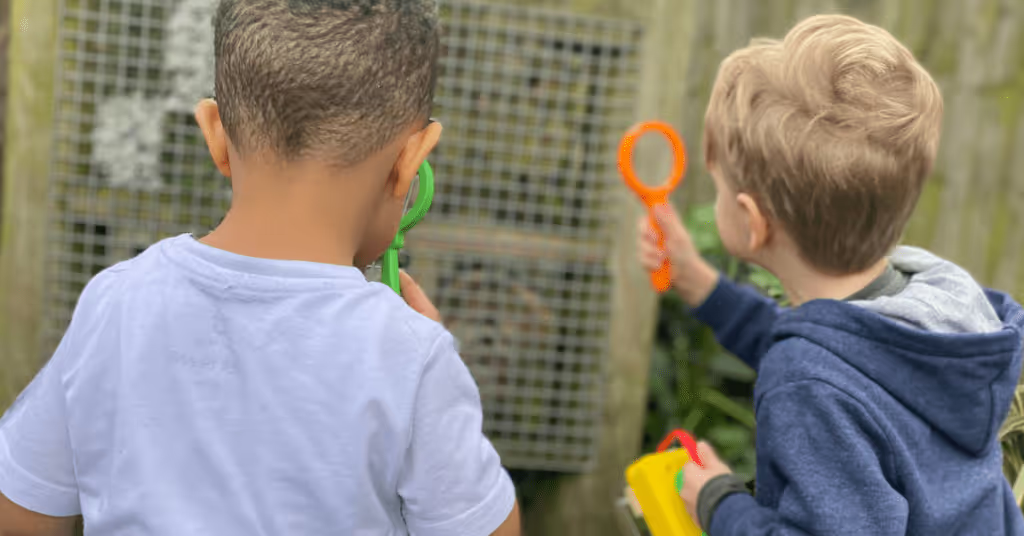
Benefits of going on regular nature walks:
- Develop the senses
- More energy
- Form of exercise
- Boost in Vitamin D levels
- Fresh air and sunlight boosts endorphins
- Develop knowledge of the world around
- Learn about seasons and weather
- Why plants are important to wildlife
- Grow fruit and vegetables in gardens
- Lifecycles

What experiences can you create on nature walks?
Nature Treasure Bags
- Fill up a bag with different natural items you find on your walk to and from the shops/nursery etc
- Talk about what you have found
- Can you make something from these items
Nature Hunt checklist
- Tick these off once they have been found.
- Can create them yourselves to adapt to the local area and season.
Journey Stick
- Collect a stick
- Attach items you find to the stick to resemble your journey
- Can use the journey stick to talk about your walk and what you discovered
FAQ
Subscribe to our newsletter
Stay up to date with Fennies news



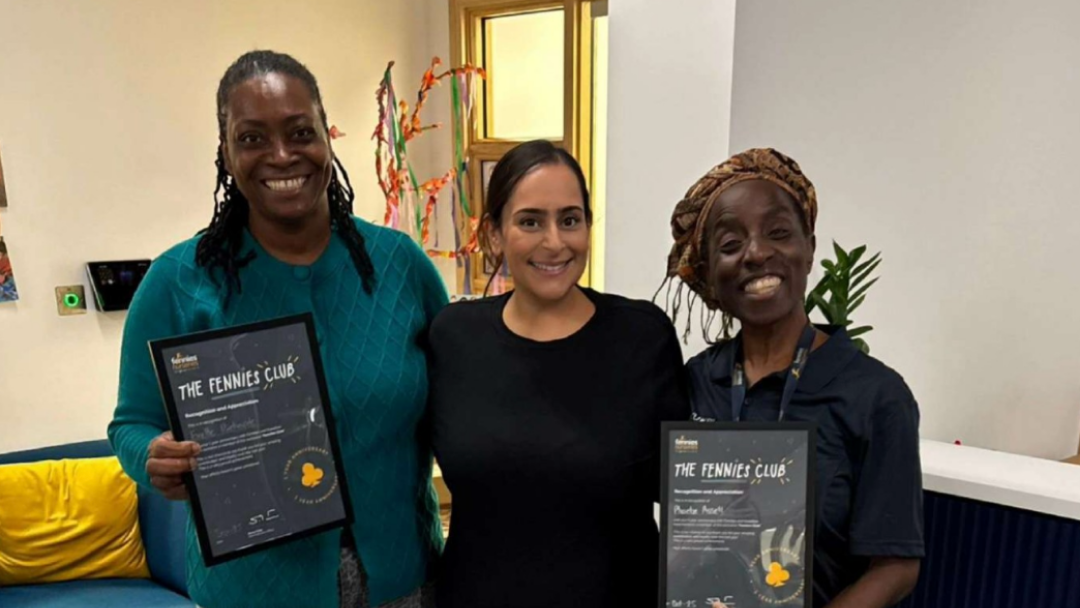

.png)
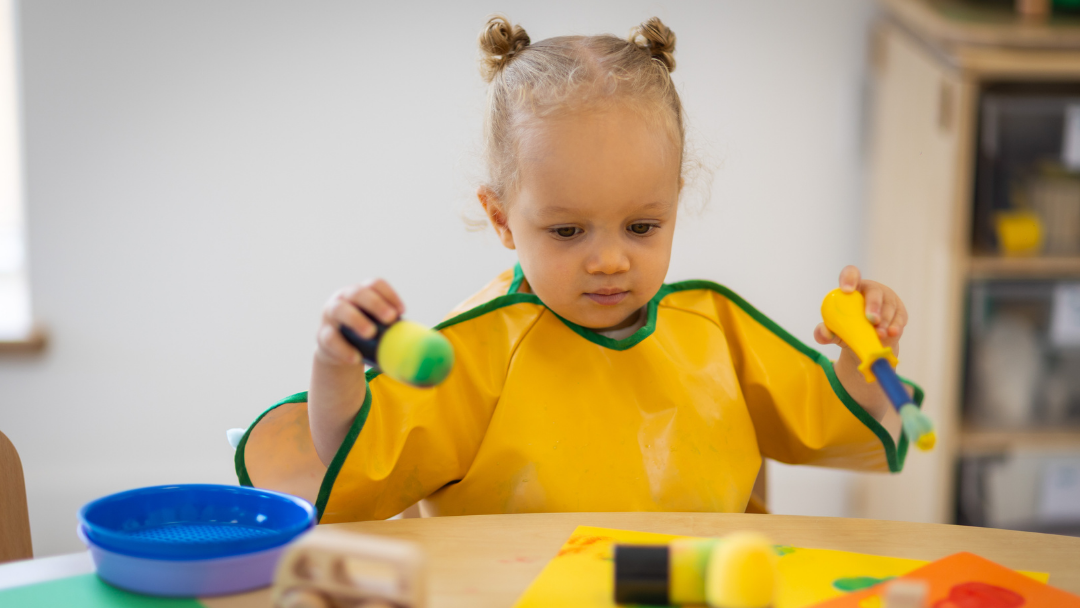


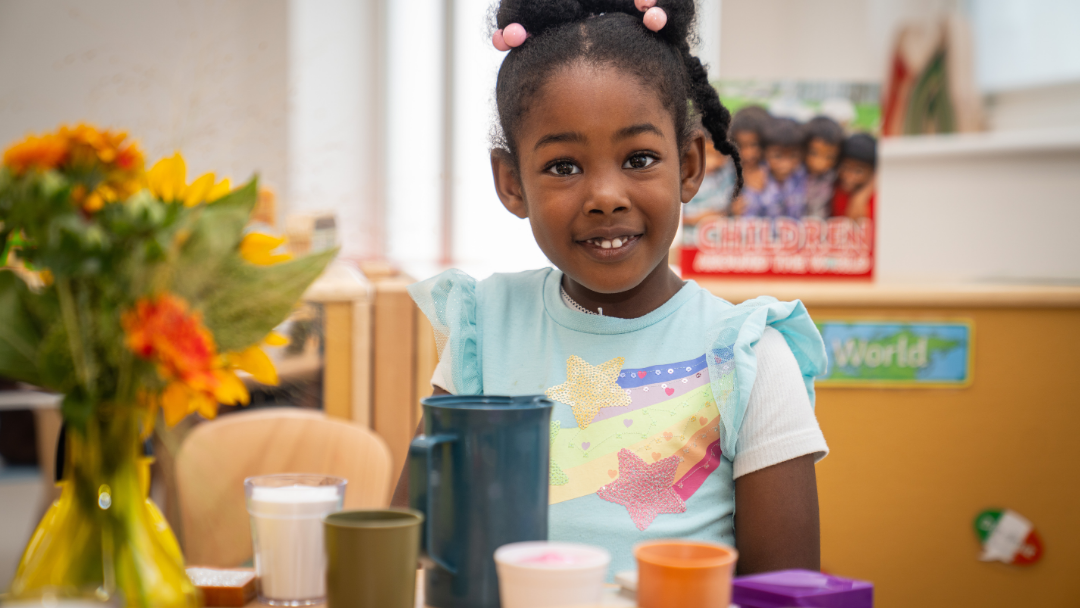
.png)